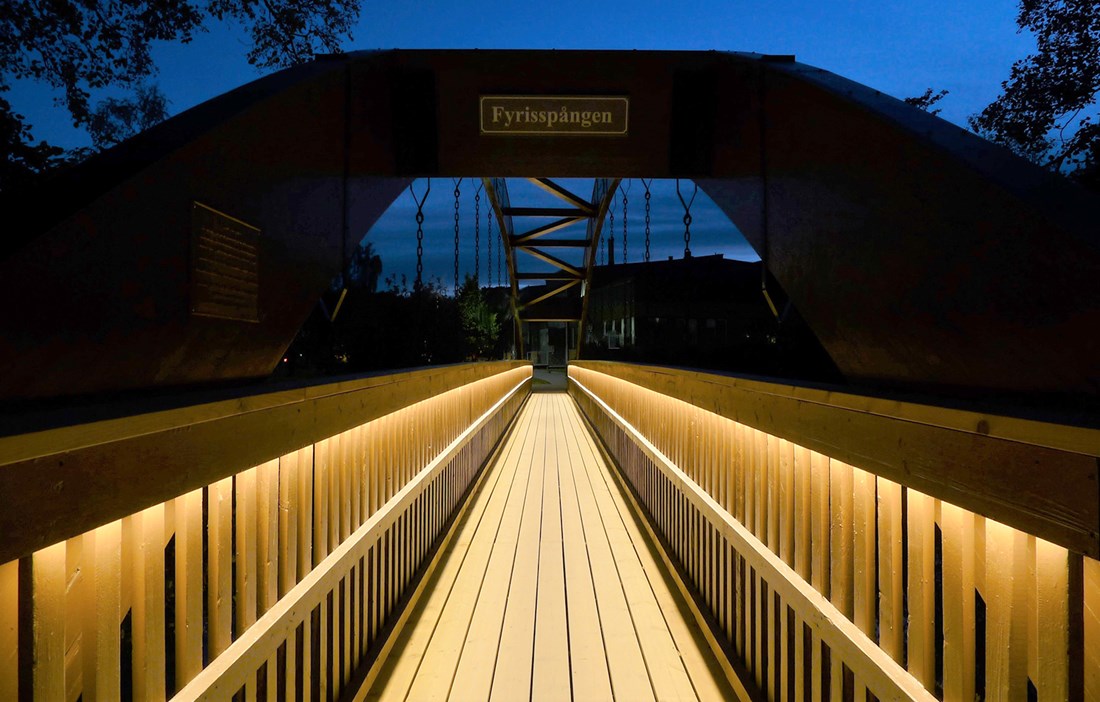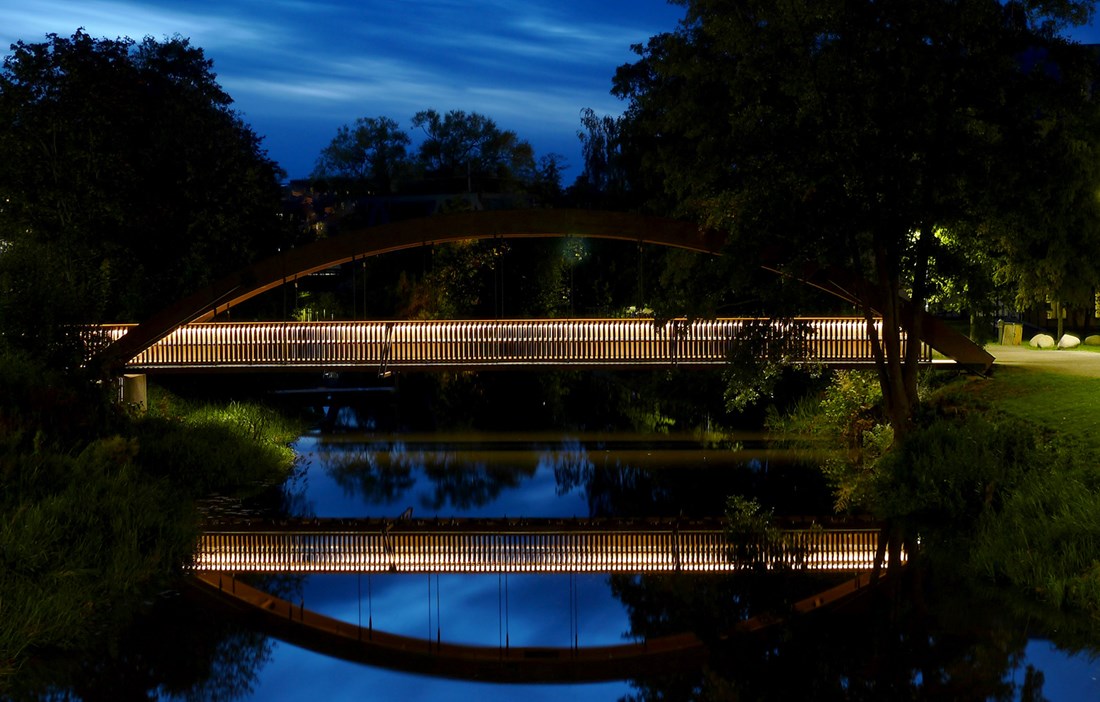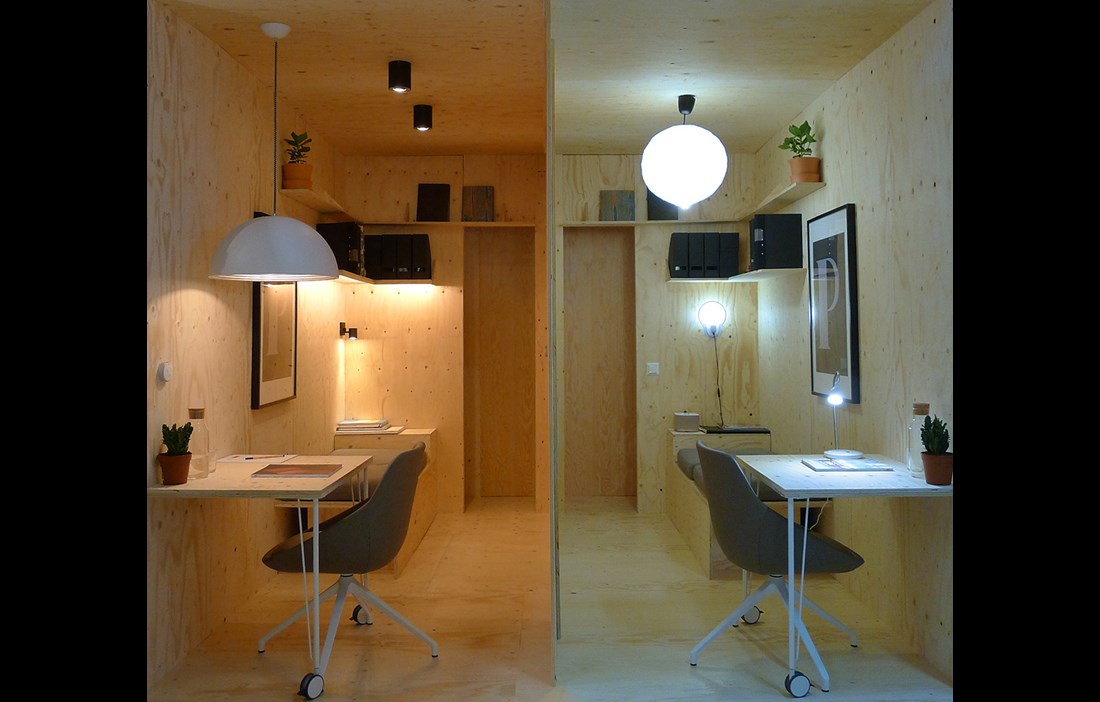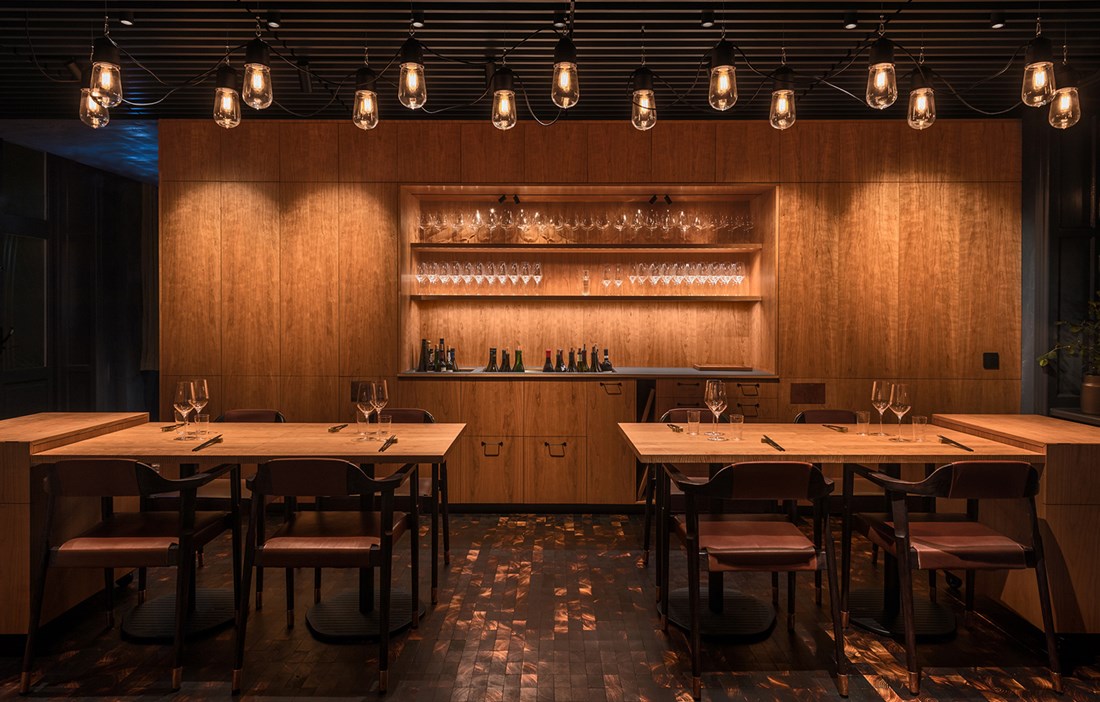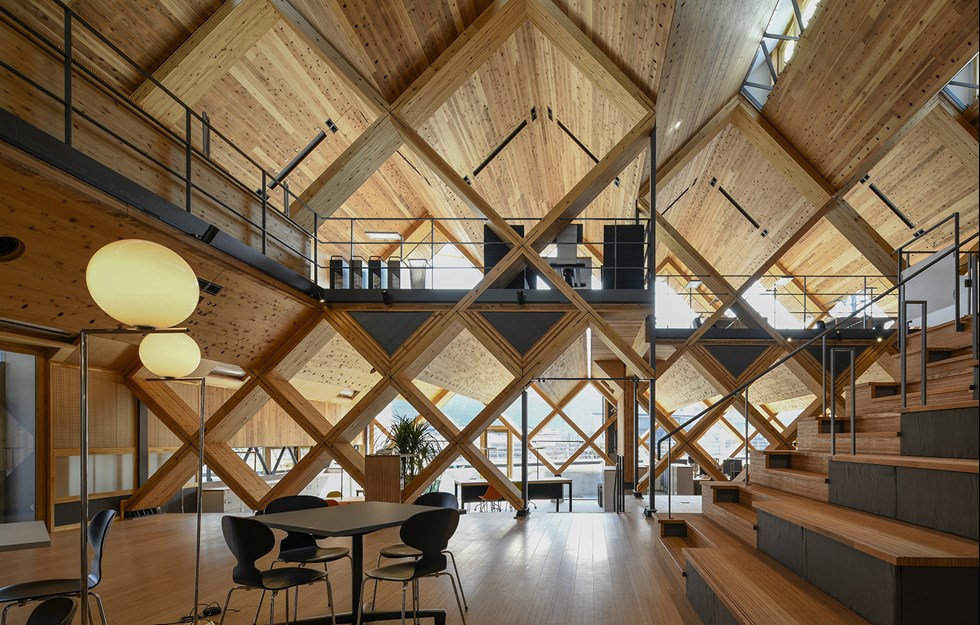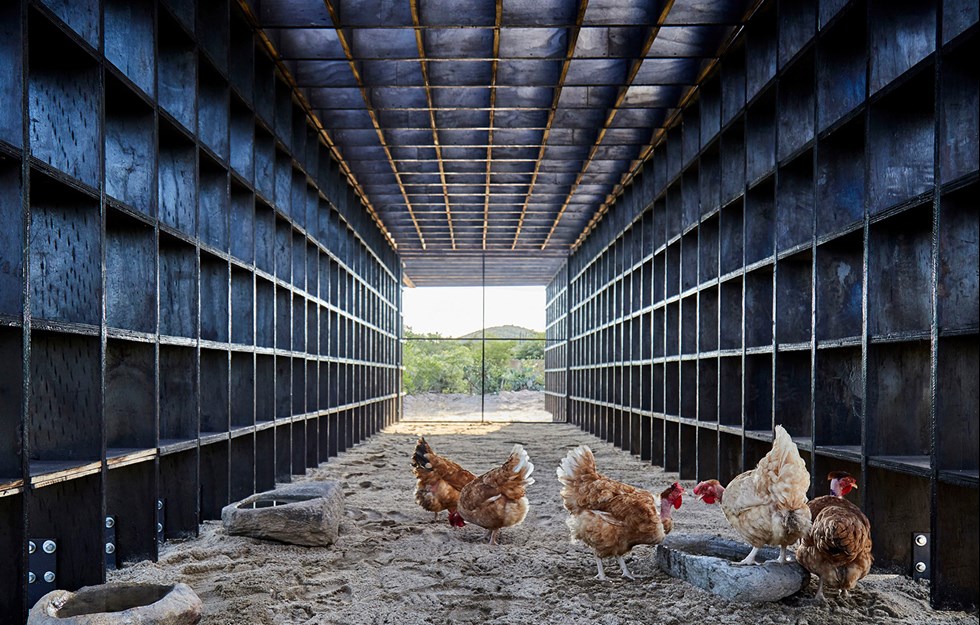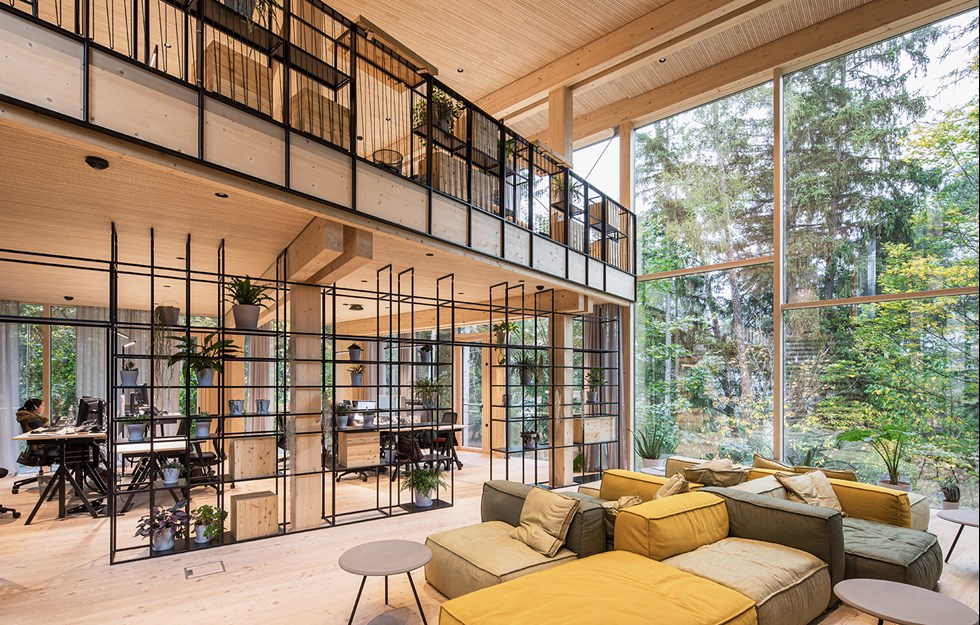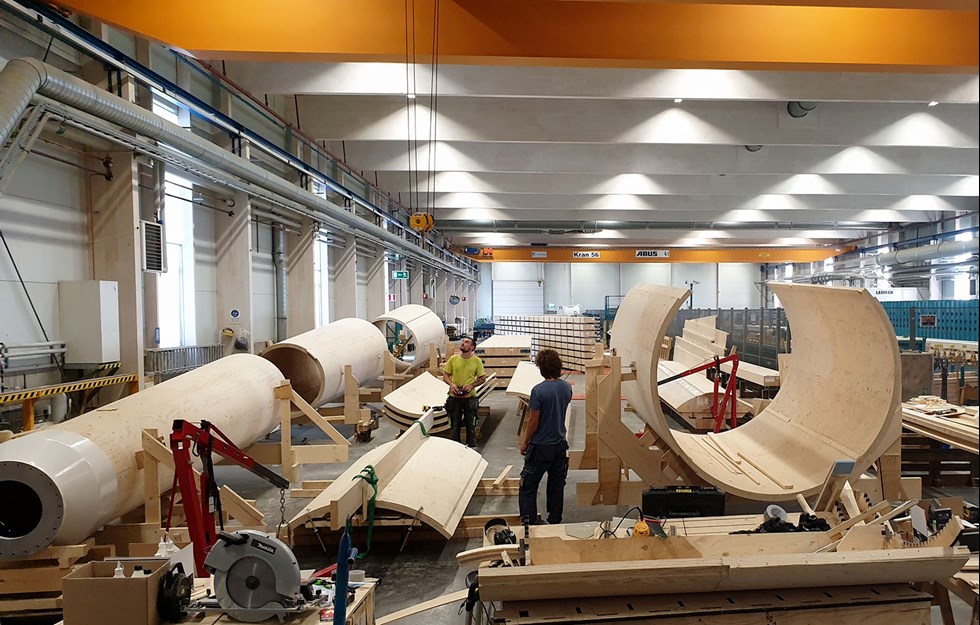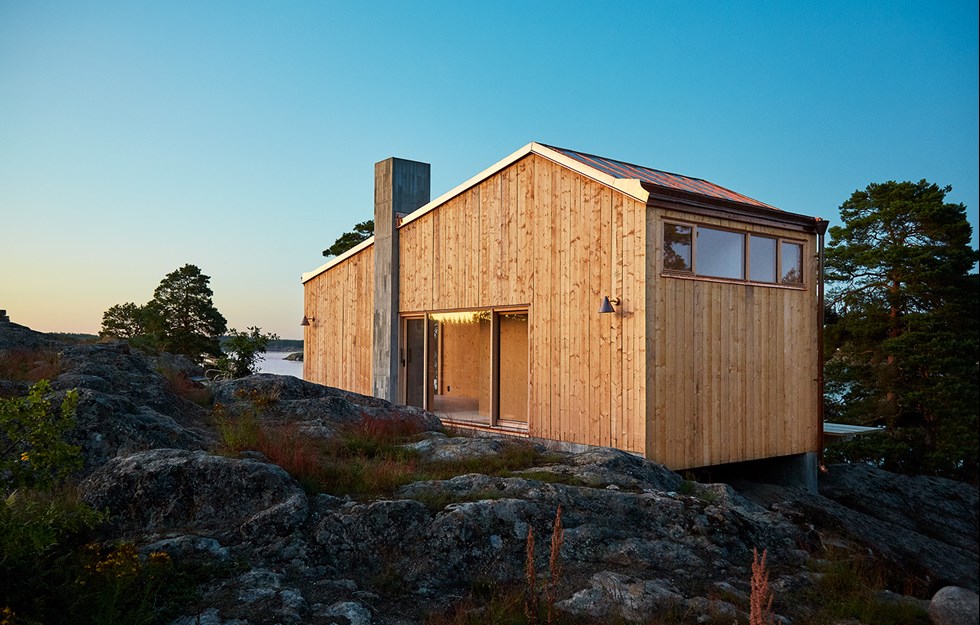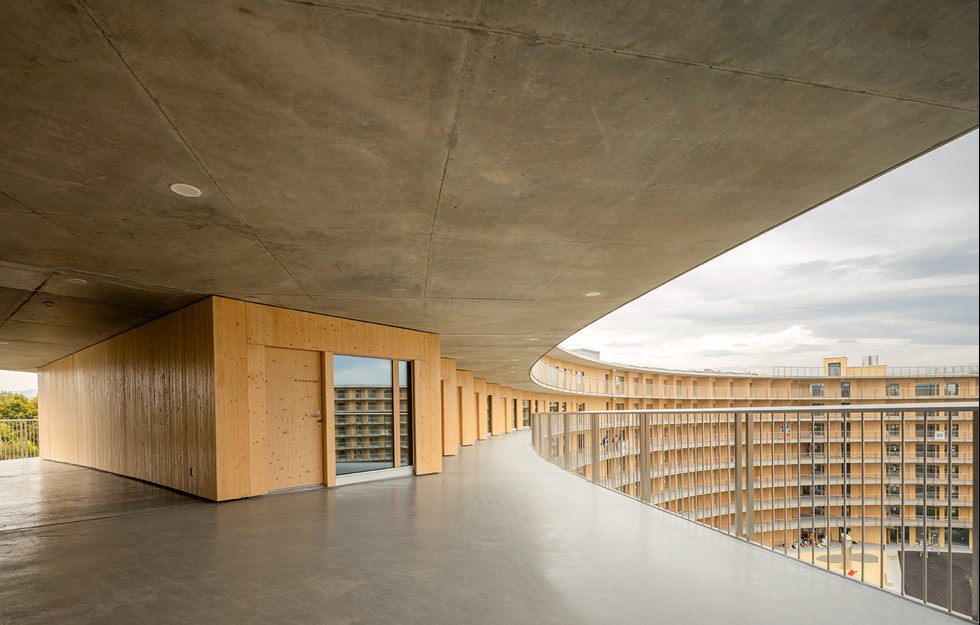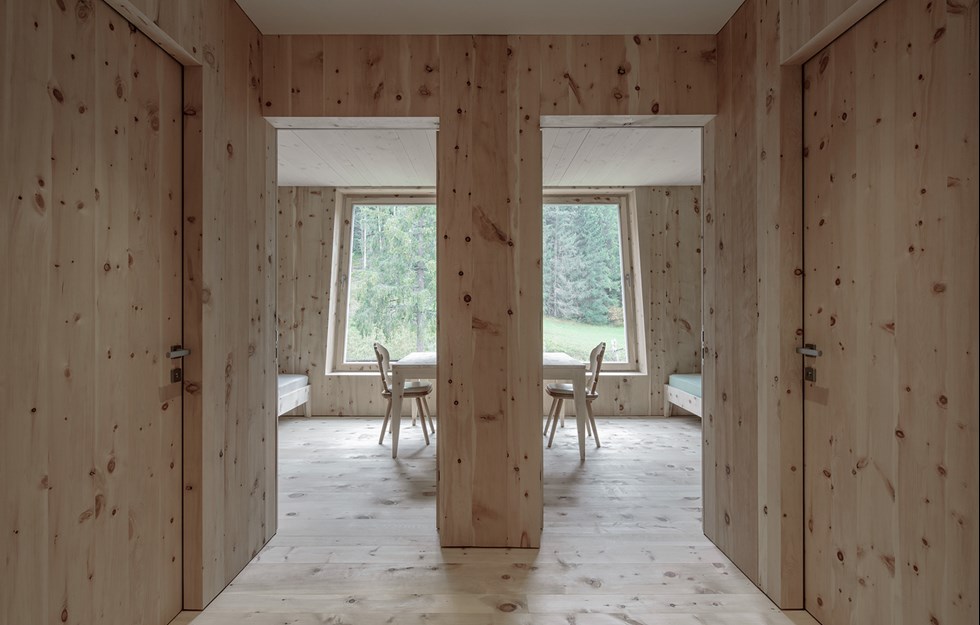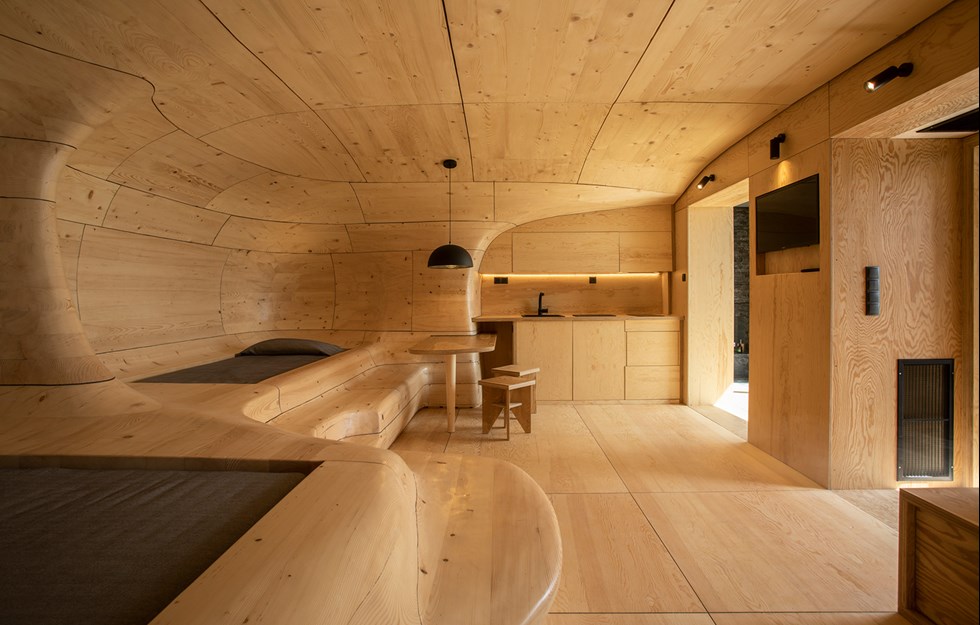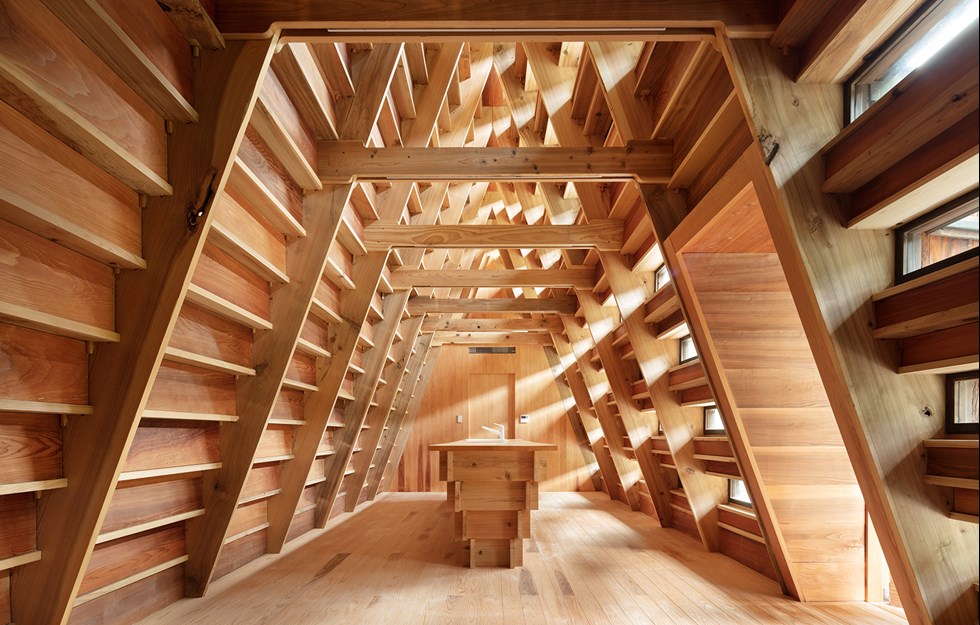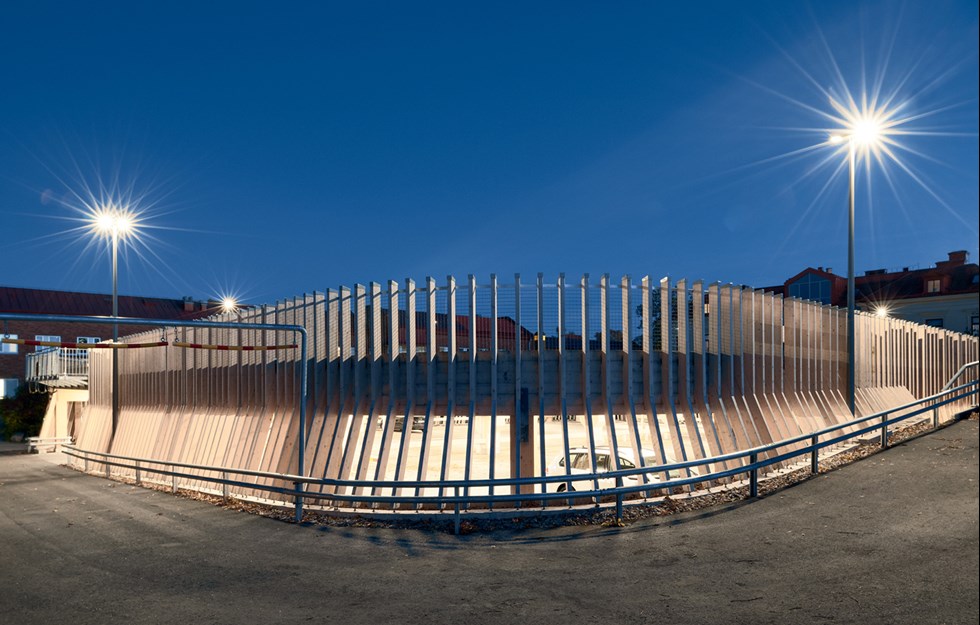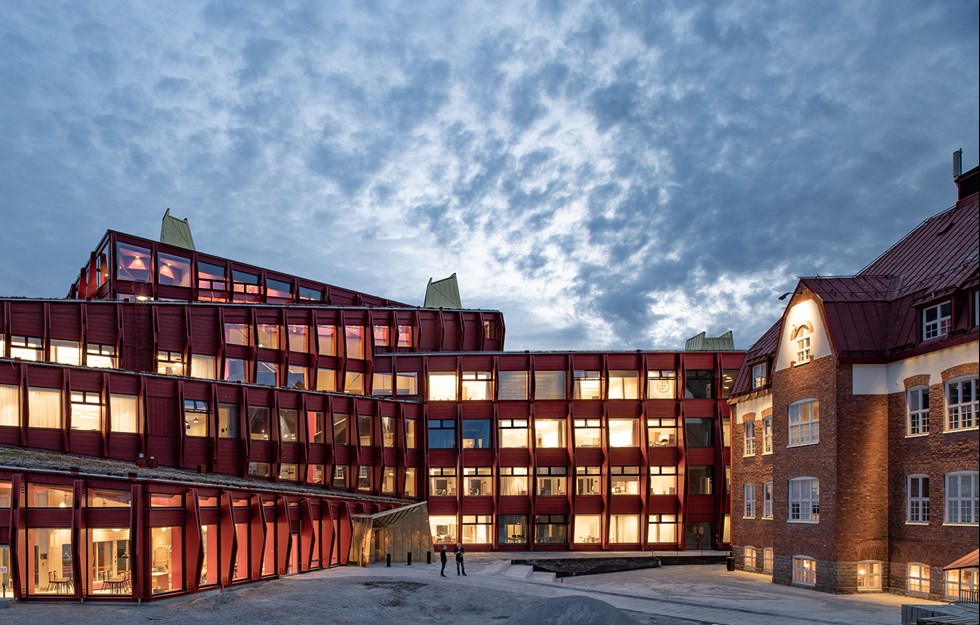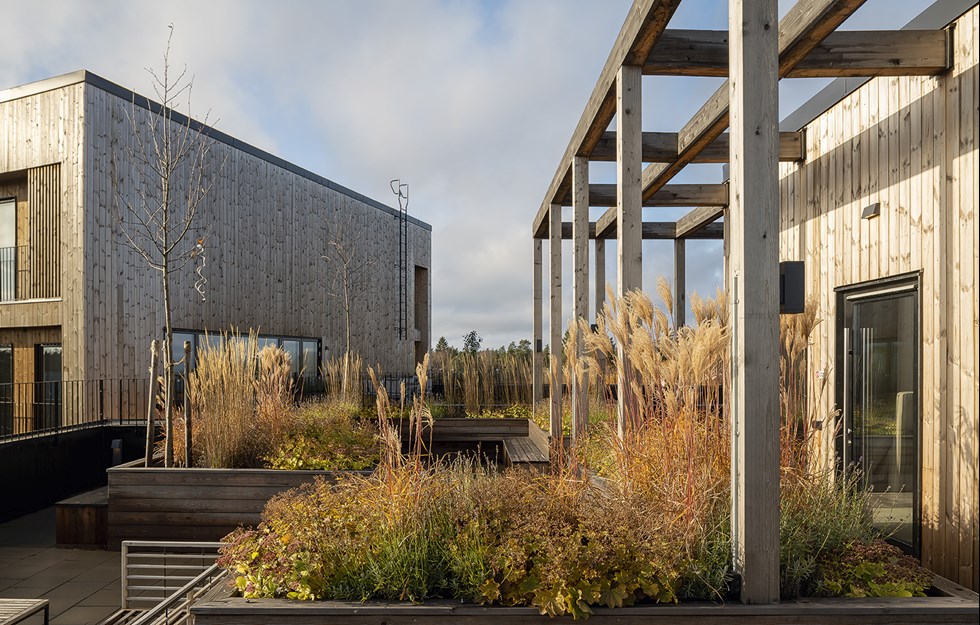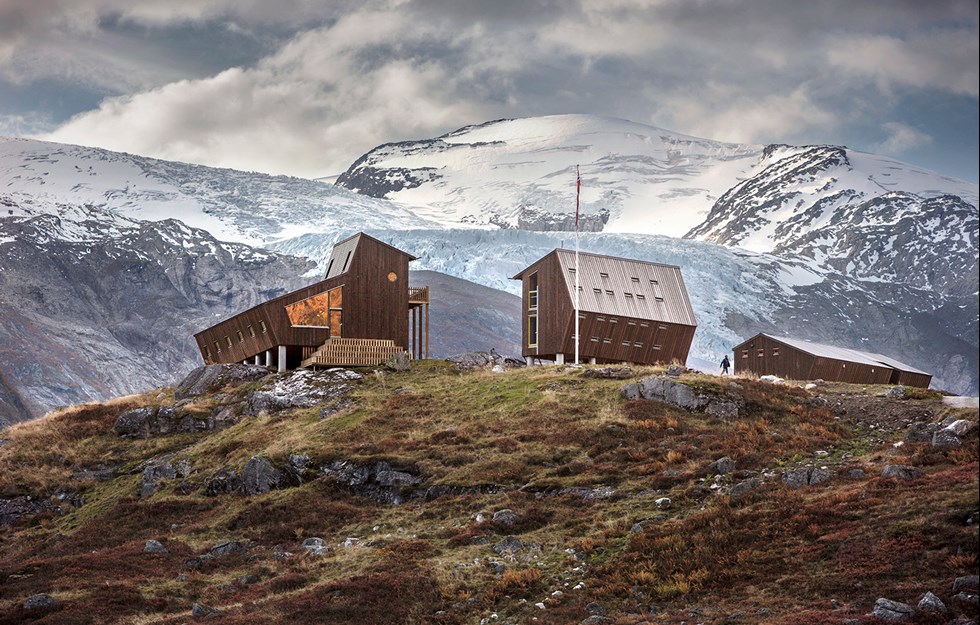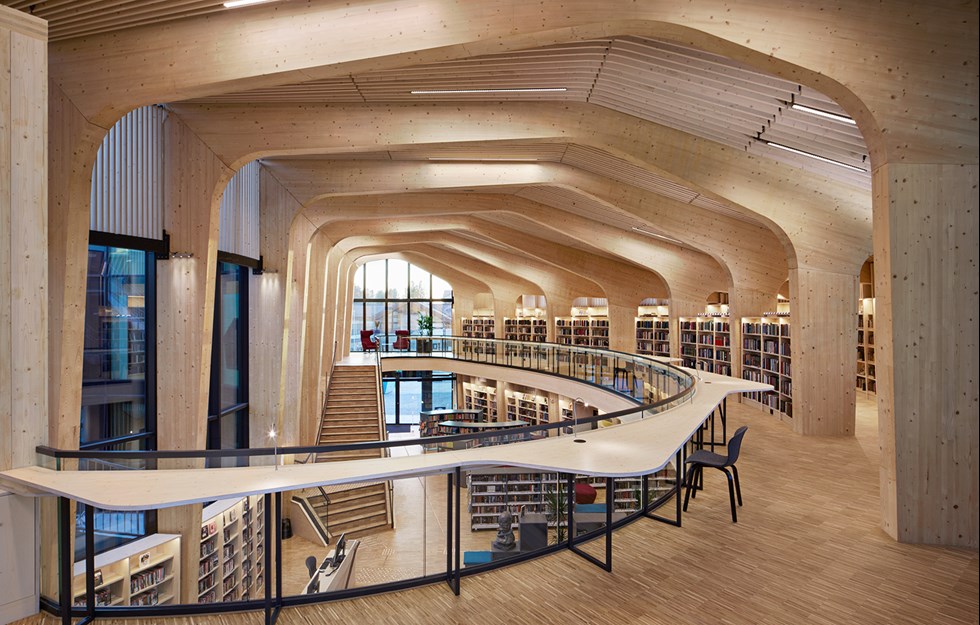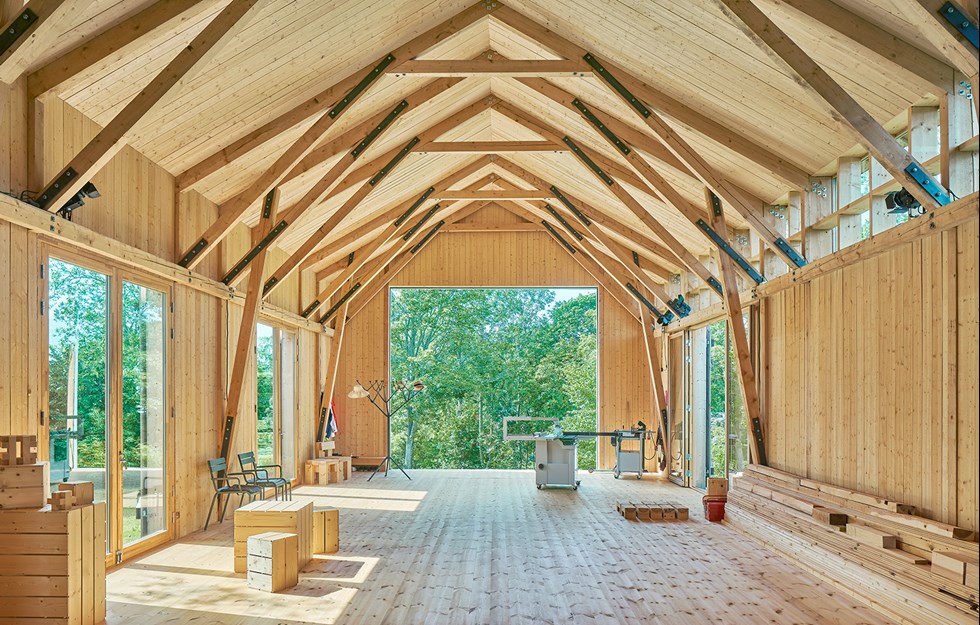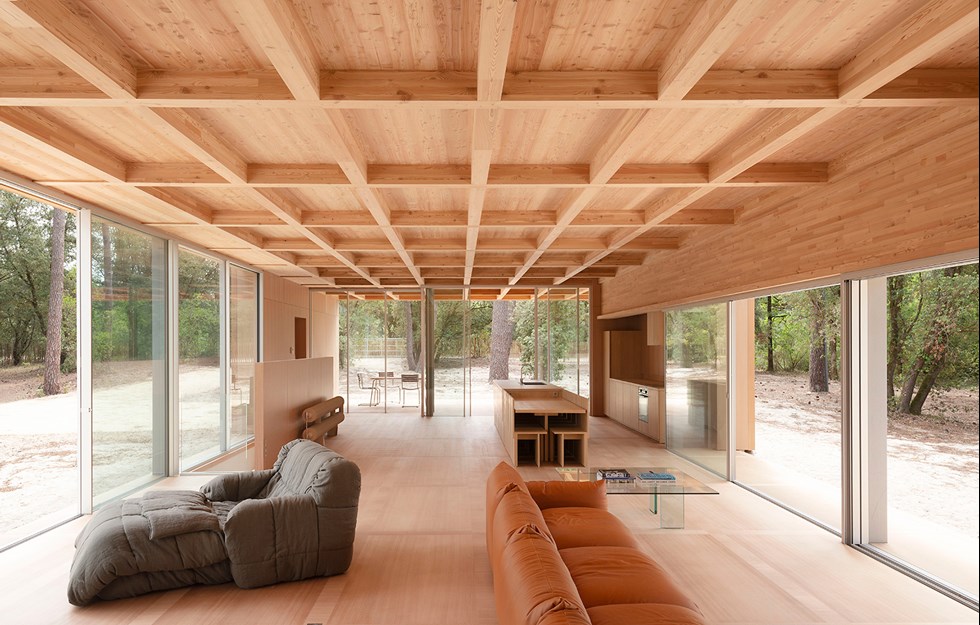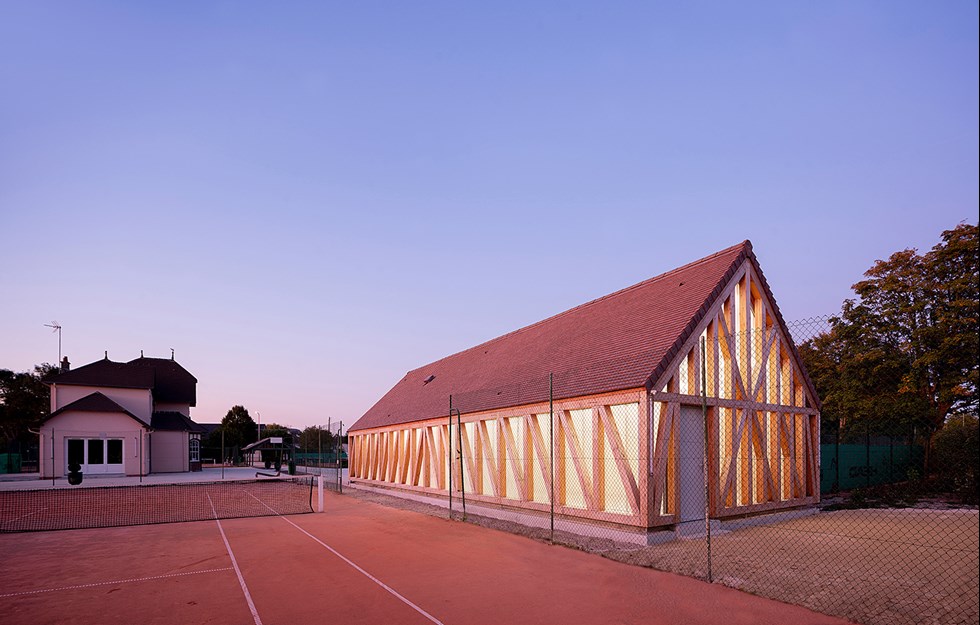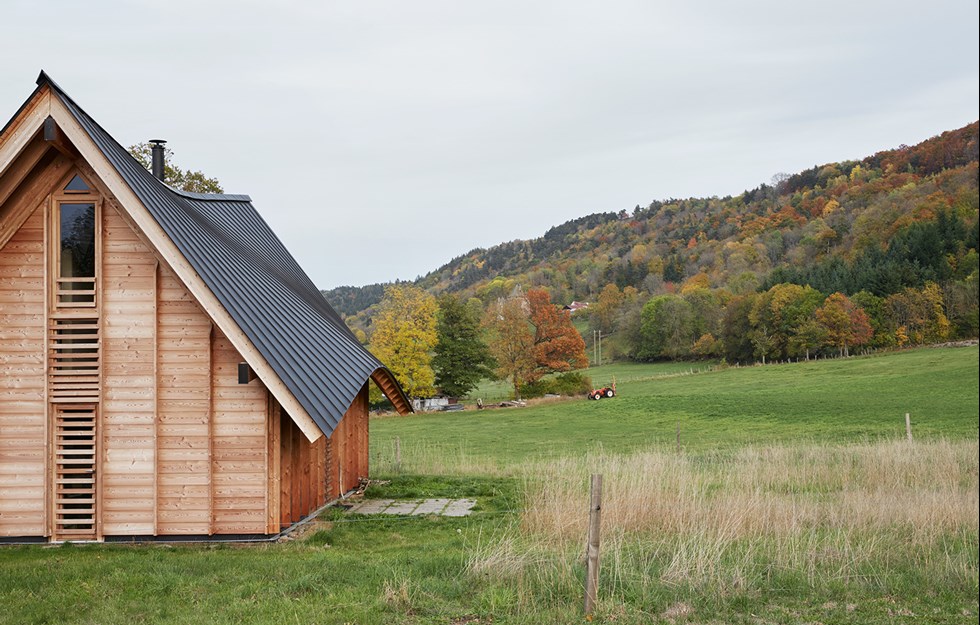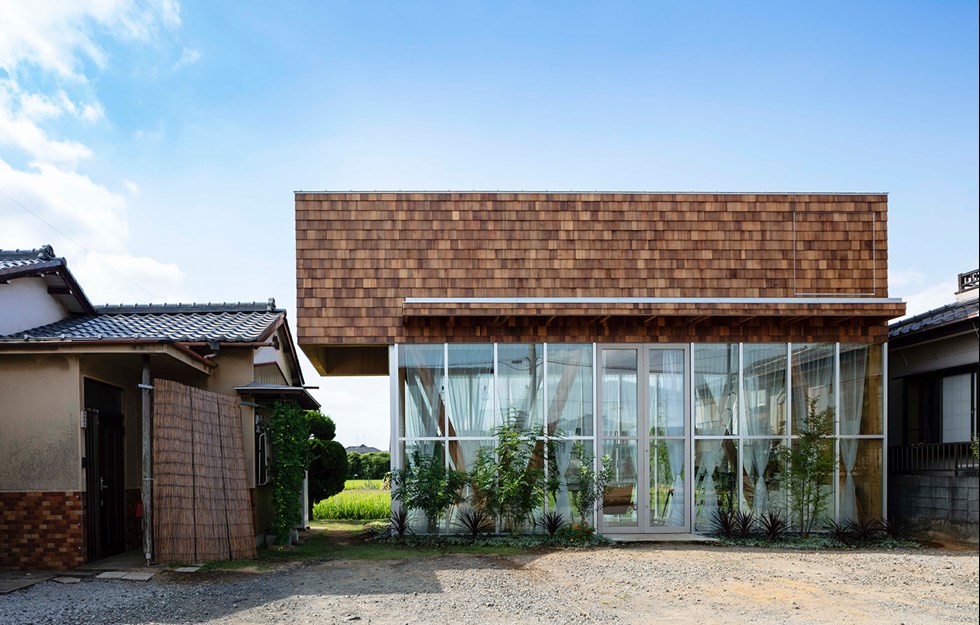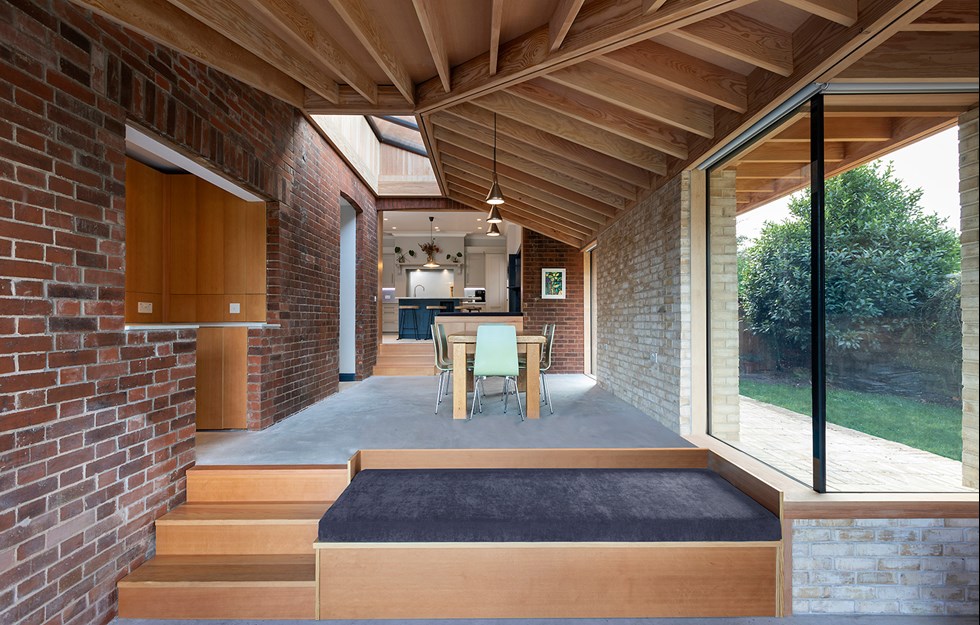One of the most important factors for achieving good lighting is to incorporate light into the early stages of planning.
“Lighting plays a huge role in the overall effect, and including it early on really opens up the potential. It means you can ensure that the material shows off its best side with the help of daylight and artificial light. It also means you can use concealed and integrated installation principles that help to create a different level of detailing and a more thoughtful end result,” says Anna Ekberg, lighting designer at Paloma Design Studio.
There are many different aspects to consider when illuminating wood. The first thing to think about is what situations offer particularly interesting options for pairing up light and wood, and what you want to achieve.
“Do you want to accentuate the wood or rein in the woody feel? Highlight the rough or the soft? Place the focus on the load-bearing structure or hide it?” comments Torbjörn Eliasson, lighting designer at White Arkitekter.
He is currently involved in lighting IKEA’s new design office in Älmhult, with its exposed glulam beams and heavy-duty wooden posts. These are going to be lit in a way that brings out the honesty of the structure and the warmth of the wood.
“If you have a building with an exposed wood frame, it can be great to accentuate the solid structure rather than magicking it away. This is a principle that also works well in buildings with a wood frame and glass façade,” he adds.
In domestic projects, he often works with frame-sawn timber, which produces wonderful surfaces to light. Shallow-angle lighting really brings out the exquisite texture.
“You don’t get anything like the same effect with concrete and plaster. And if you’re going to use shallow-angle lighting on a painted surface, bear in mind that it’ll highlight every stroke of the paintbrush. In cases like this, I always tend to talk to the tradespeople, so they know where they have to be particularly careful,” he says.
Many people who are not accustomed to working with lighting tend to focus on the design of the light fittings rather than the lighting design and what you want the light to pick out.
“Of course a light fitting can be seen as a subtle piece of ornamentation, but the most important thing is to actively work with the light to emphasise the chosen features to the best effect. This is true not least when you want to bring out the warmth of wood. I like to aim for simplicity. Wooden surfaces lit with well-shielded light fittings can in turn illuminate the rest of the room,” says Svante Pettersson, lighting designer at Bjerking in Uppsala.
The two bridges Fyrisspången and Eddaspången in Uppsala, which he recently lit, are great examples of this. The one bridge is made entirely of wood, while the other is steel with cabin sole decking.
“The pale cabin sole flooring reflects light up onto the trusses above. When you look at the bridges from the side, you can see how the arches are gently accentuated without any visible light source illuminating them,” he says.
The floor of the wooden bridge has a natural, neutral wooden colour, but the fencing has been painted with a darker stain.
“This makes the floor stand out most and we get a good balance. If everything had been the same light colour, there would have been a real hardness along the top edge,” says Svante.
It is also important to bear in mind that wood changes colour over time, and with painted and treated surfaces their glossiness should also be taken into account.
“If the surface is shiny, you don’t want too hard a light that creates unwelcome flashes and reflections and makes the material look plasticky,” advises Sofie Bamberg, lighting designer at Paloma Design Studio.
She feels that gentle and diffuse light often works well in most contexts when illuminating wood, while concentrated points of light on the wall have a tendency to distort the material.
“Of courses this varies, depending on the building and the room and what you want to emphasise. In some cases, you might want to create contrasts. A good example of this might be lighting semi-transparent structures such as slatted wood panels and rattan, creating interesting contrasts and shadows,” says Sofie.
Another consideration is the colour temperature, which is measured in Kelvins. Low colour temperatures mean a warmer tone, like the light from a candle or a fire, while high colour temperatures give a colder light that is more like daylight.
“When lighting wood, we work almost exclusively in the warm spectrum, rarely higher or colder than 4,000 Kelvins. A warm light with good colour rendering is generally better for accentuating the natural properties of wood,” says Anna Ekberg.
Svante Pettersson adds that sometimes you may need to go very low down the Kelvin scale to achieve a pleasant warmth from LED lights.
“To achieve the same warm feel that you used to get from the old incandescent lamps, you may need to go down to 2,300 Kelvins or even 1,900 if you really want to get the full effect,” he says.
However, there is more to it than simply looking at the colour temperature. It is at least as important to make sure you use light sources with good colour rendering, which is measured in cri (colour rendering index).
“The colour rendering should come in at a minimum of 90 cri, preferably more, and the light source must have good rendering across the whole spectrum. Rendering of the red tones is particularly important when lighting wall materials such as wood. LED light sources with poor rendering in the red spectrum can create a distorted and unnatural look,” says Anna Ekberg.
To get the best results, it is important to experiment and to test the light source and the light fitting you want to use against the intended material. The combination of the light fitting’s location, the colour temperature and colour rendering of the light source and the texture of the material is going to affect what gets accentuated.
“One kind of light might make the wood look shabby, another might make it look refined and a third could render it invisible. That’s why you should always do a trial set up with the right light fitting in the right place,” says Torbjörn Eliasson.
Text Sara Bergqvist

